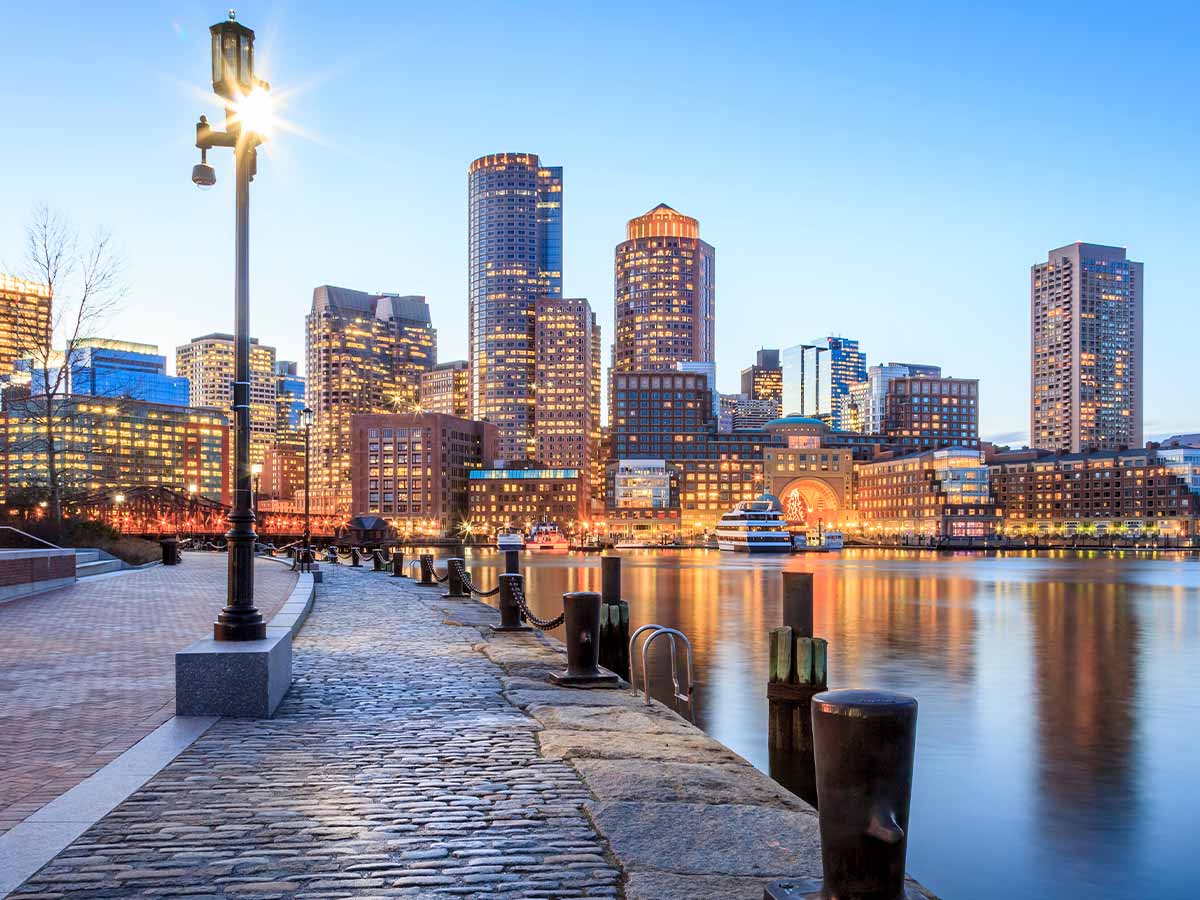San Fransisco, California

San Francisco’s Bay Area Rapid Transit System along with its many trollies, cable cars, ferries, and shuttles allows for commuters to navigate the city with ease.
This city is considered one of the most walkable cities in the country. Pedestrian safety is a key concern, and their “Vision Zero” initiative aims to eliminate traffic deaths to zero by 2024.
Seattle, Washington
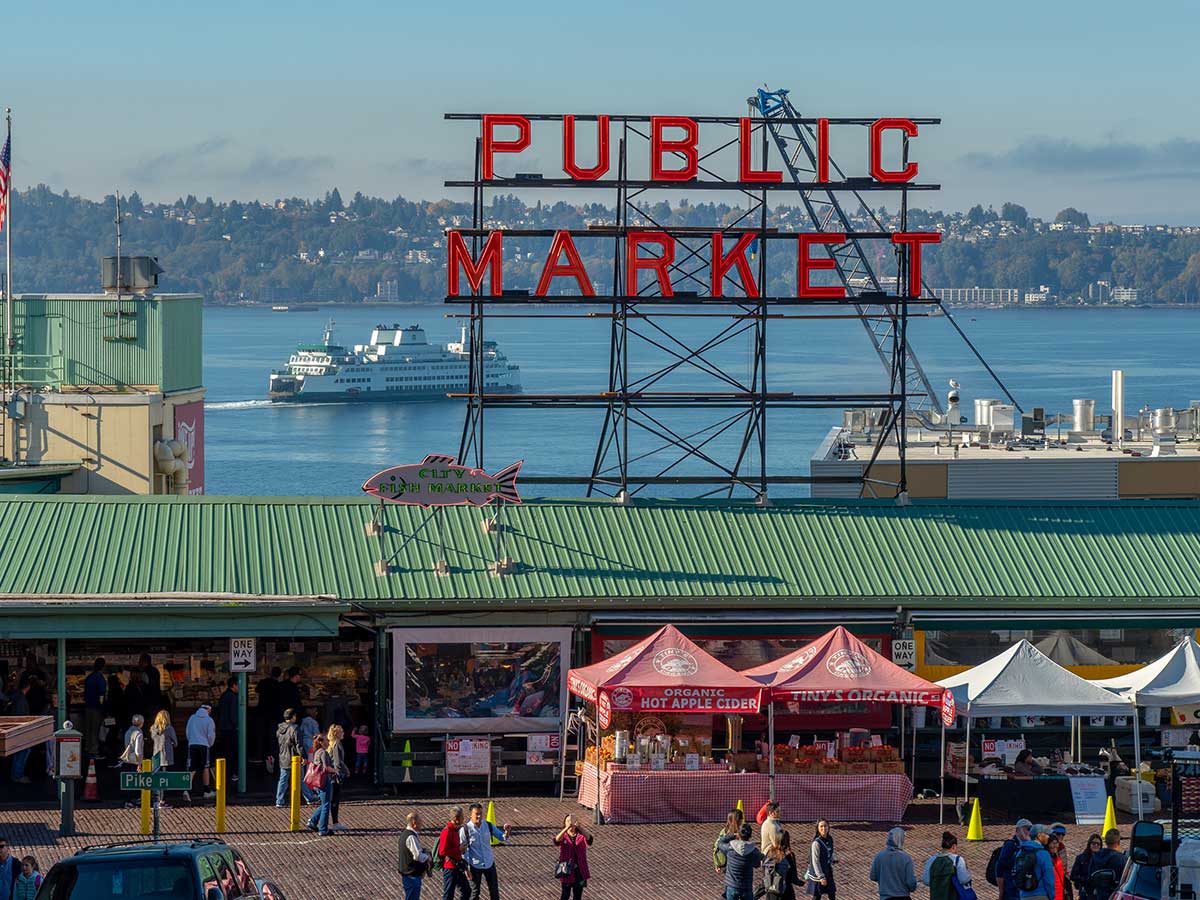
Seattle's public transportation system and pedestrian infrastructure make owning a car an unnecessary expense.
The city's walkability is considered a close example of a popular urban planning concept called the “15-minute city,” meaning that residents within a neighborhood are within a 15-minute walk or bike ride to amenities.
Portland, Oregon
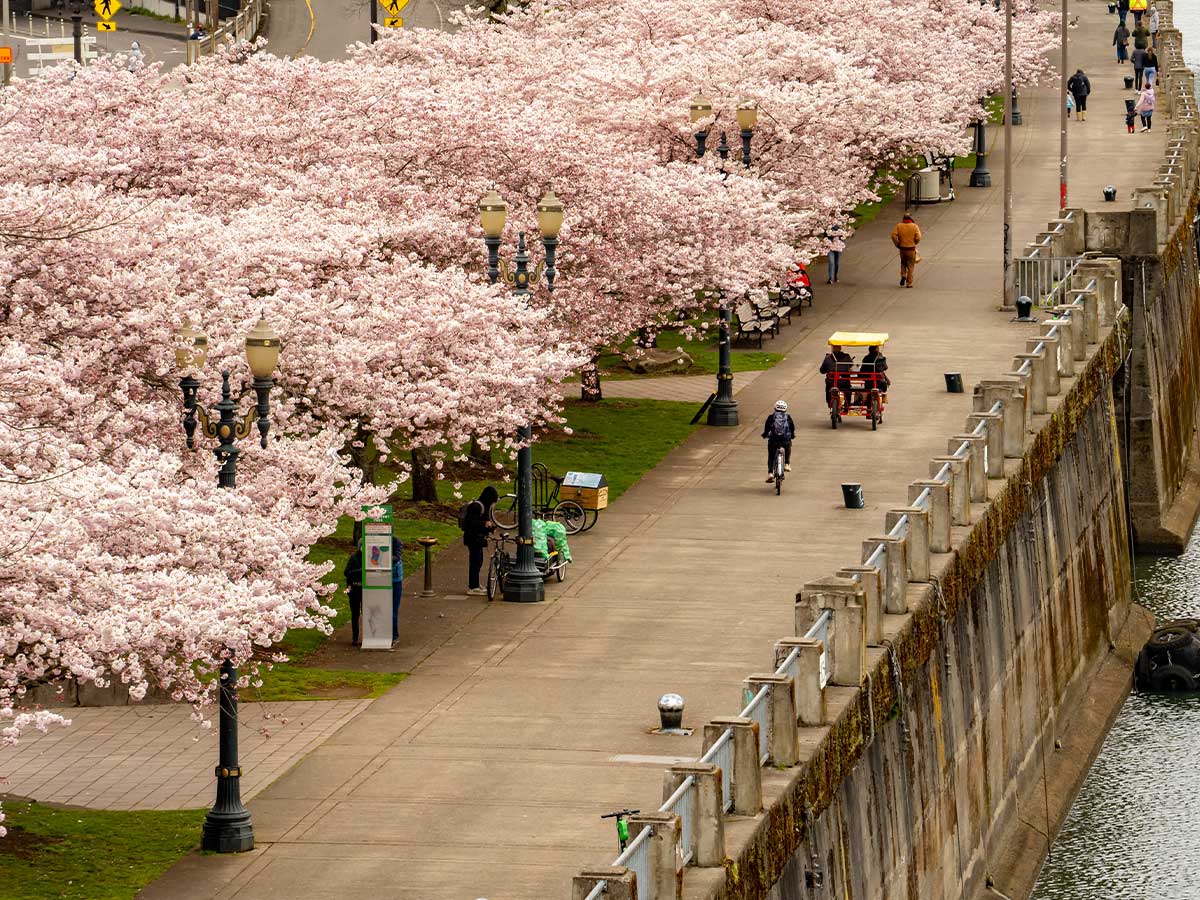
Portland, Oregon’s comprehensive transportation system, called the TriMet, is one of the reasons why the city is so independent of cars.
A combination of the streetcar, light rail, and bus service along with the biker and pedestrian-friendly infrastructure allows citizens and visitors alike to traverse the city car-free.
Philadelphia, Pennsylvania
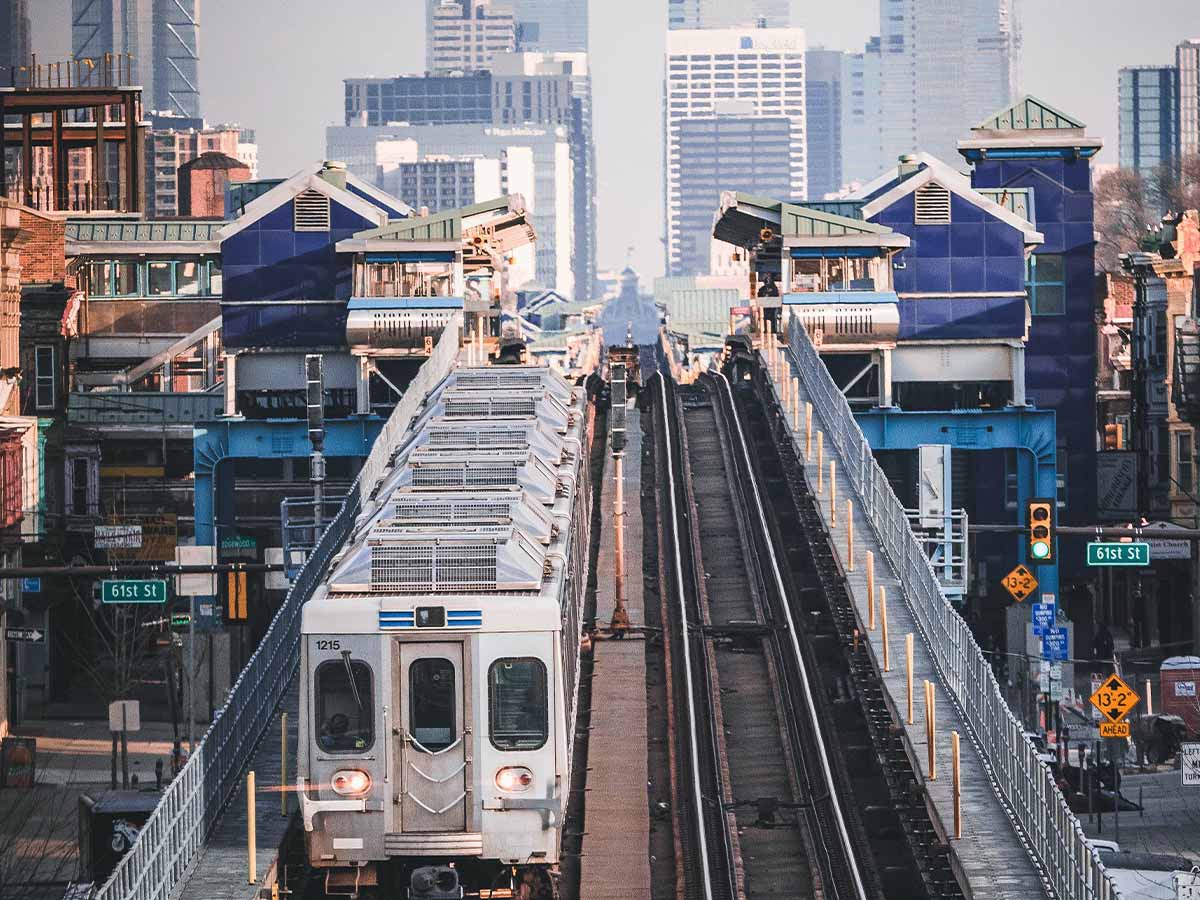
The Southeastern Pennsylvania Transportation Authority provides a robust transportation system that consists of light rails, trolleybus, commuter rail, metro and bus systems.
Around 25% of the city’s population uses public transit to get around the city. In the denser parts of the city, 39% of commuters walk to their jobs.
Boston, Massachusetts
Minneapolis, Minnesota
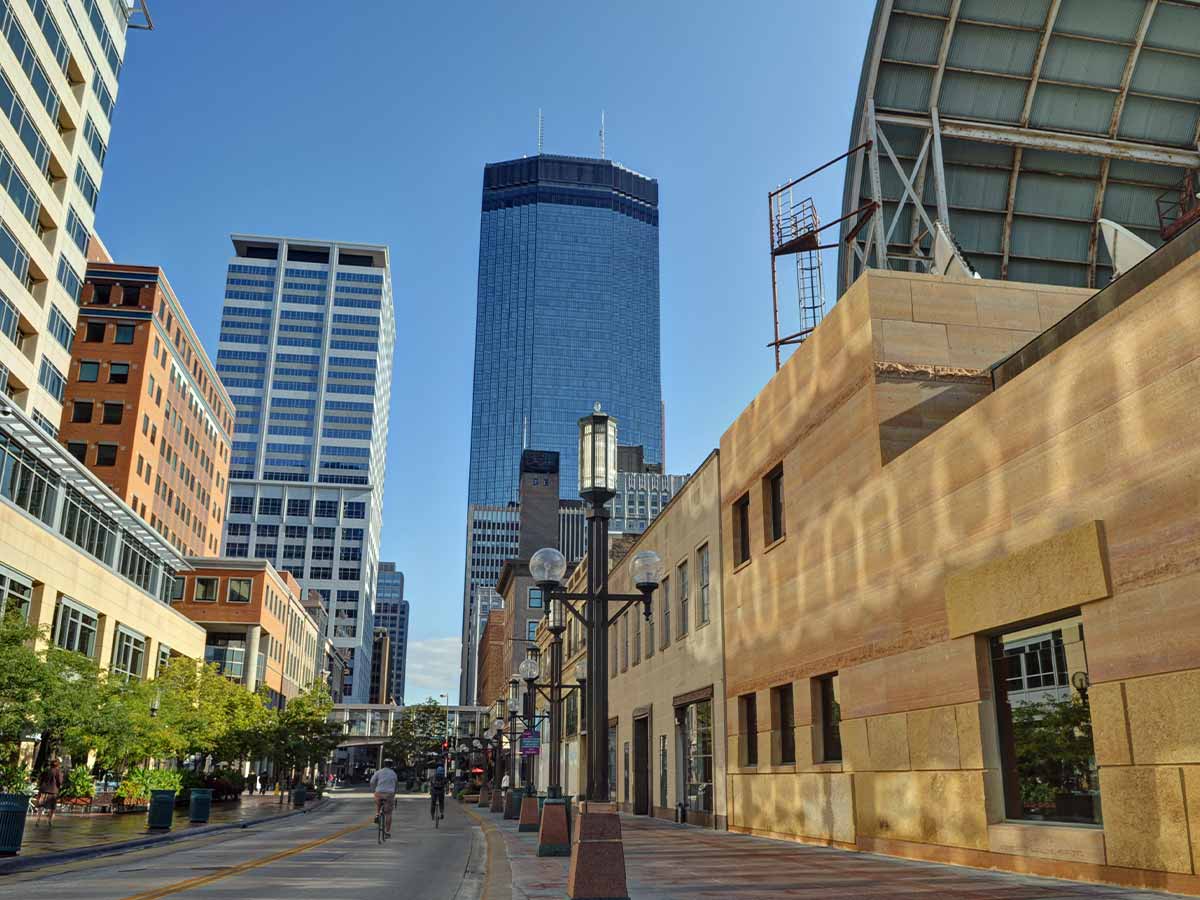
Minneapolis is a highly walkable city where many live without a vehicle of their own. Metro buses and light rails allow commuters to travel with ease.
The city’s nearly 2,000 miles of sidewalks and 8 miles of indoor walkways contribute to the pedestrian and biker-friendly infrastructure that thousands enjoy.
New York City, New York
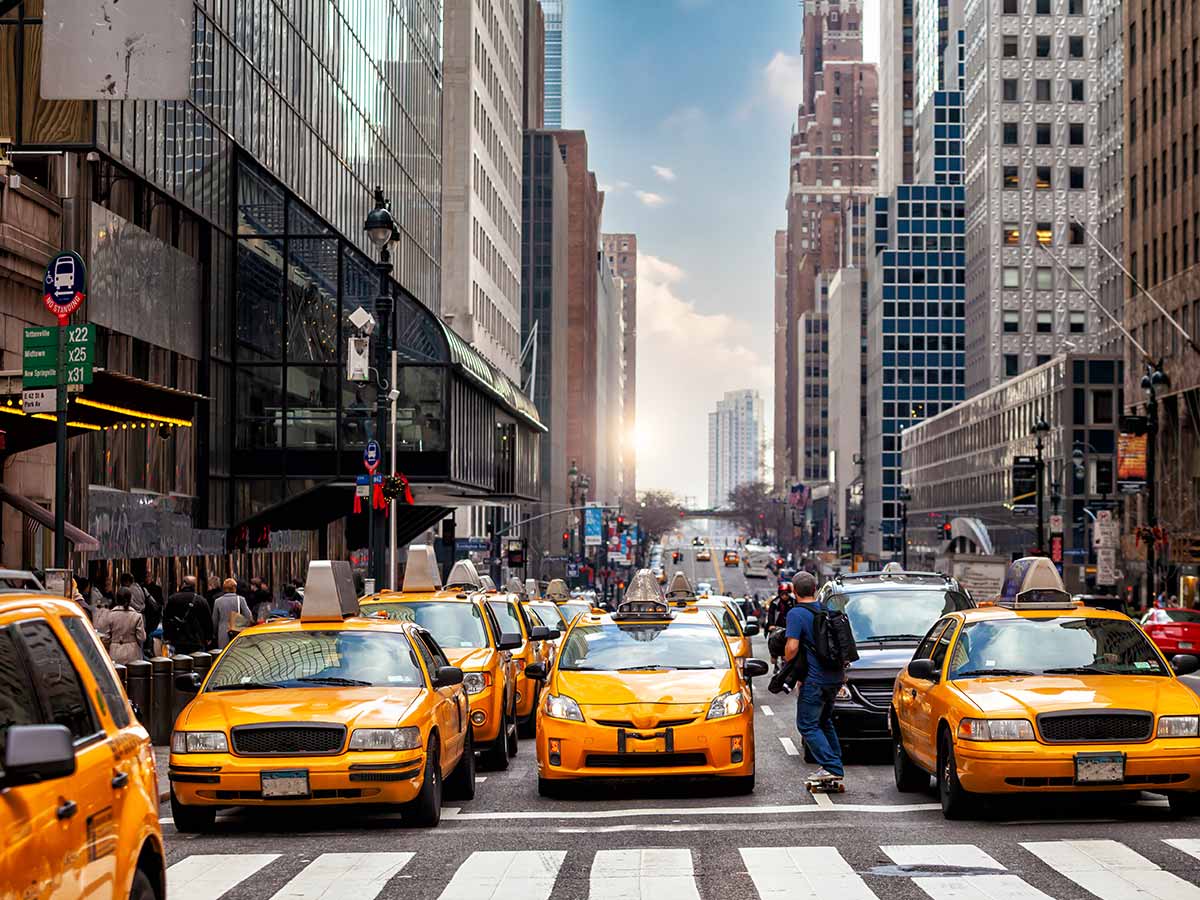
Of course, the most densely populated city in the country is easy to traverse without owning a vehicle. With the world’s largest rapid transit system, the city easily transports thousands across the city every day.
The city has over 1,500 miles of bike lanes across the city for the nearly 1 million New Yorkers who bike regularly.
Jersey City, New Jersey

Just outside of the Big Apple, Jersey City enjoys similar robust public transportation that New Yorkers do. Almost 50% of commuters in Jersey City utilize the public transportation system to get to work.
Their “Vision Zero” plan aims to eliminate traffic-related deaths by 2026– something that they already accomplished in 2022.
Washington, D.C.
Chicago, Illinois

Chicago’s elevated rapid transit system, bus lines and commuter rails take pedestrians anywhere they want to go.
With 303 miles of bike lanes, the city has the second-highest percentage of commuters who ride their bikes to work. Chicago’s Pedway is an underground network of pedestrian pathways that connects stores, hotels, and more– allowing commuters to avoid harsh weather and busy streets.
 Author
Ron Winkler
Last Updated: November 01, 2025
Author
Ron Winkler
Last Updated: November 01, 2025
